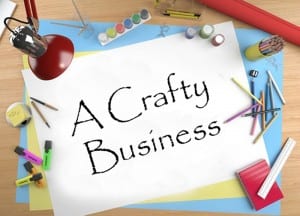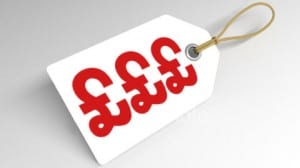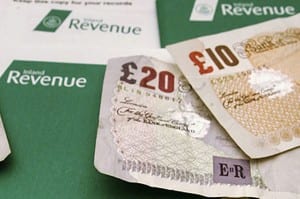So now you have a new hobby making craft and gift items, and you really enjoy doing it.
Then one day someone says that you ought to sell them! But could you? Would you like to branch out and turn your hobby into a business?
Do you think that you would still enjoy your hobby if you had to make things to order or to build up a stock? If the answer is yes, then you have a chance of turning your favourite hobby into a business.
Check out other craft businesses
There are many people who have set up their own business based on crafts that they started as hobby, just have a look on Facebook and type in the search ‘handmade’ and there will be a long list of pages that are advertising their wares.
Is it really as easy as that? It can be, but you need to find a niche in the market. Unless you are really lucky, you are not likely to hit it big in the first month.
I ‘fell’ into my business, after I had made myself a handbag and purse, something I had wanted to do for a long time – it was more of a challenge to myself.
As I also work full time, I used my handbag for work and people remarked on how nice it was. Then one person said: “Please can you make two for me?”
That was the start! But once you have started, there are then many other things that you need to think about, because once you have sold something and made even the smallest amount of profit – you will need to share it with the tax man!
Next page pricing










